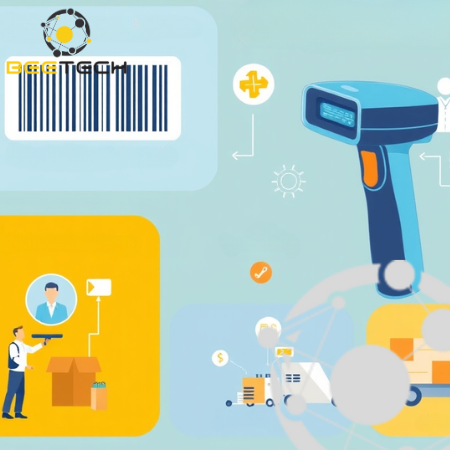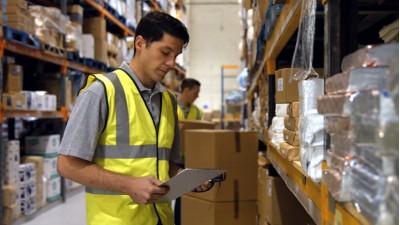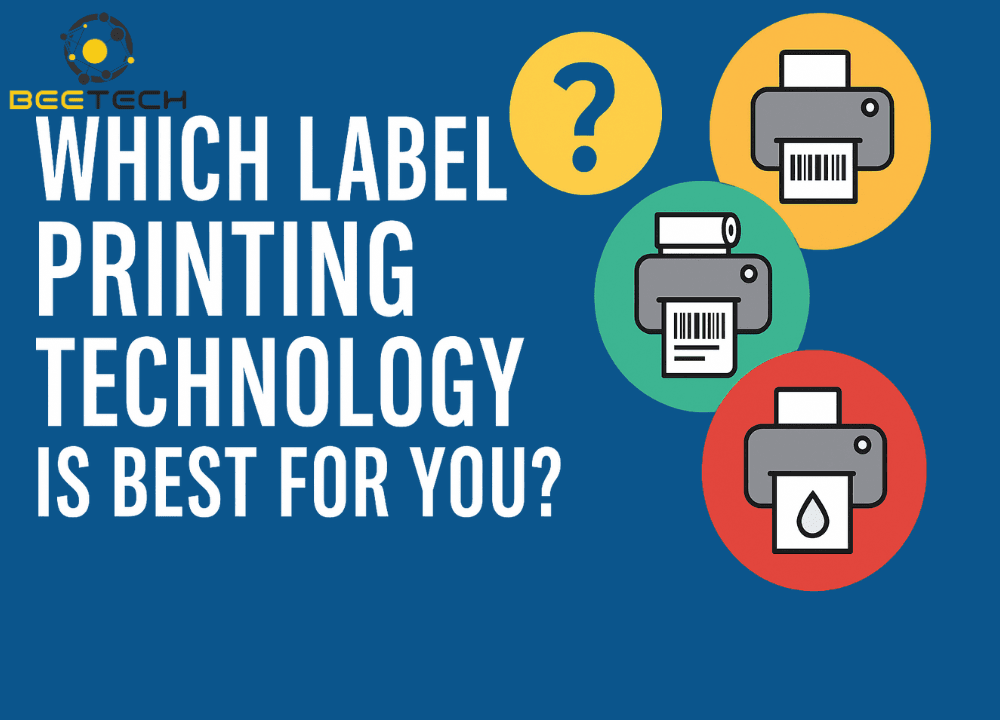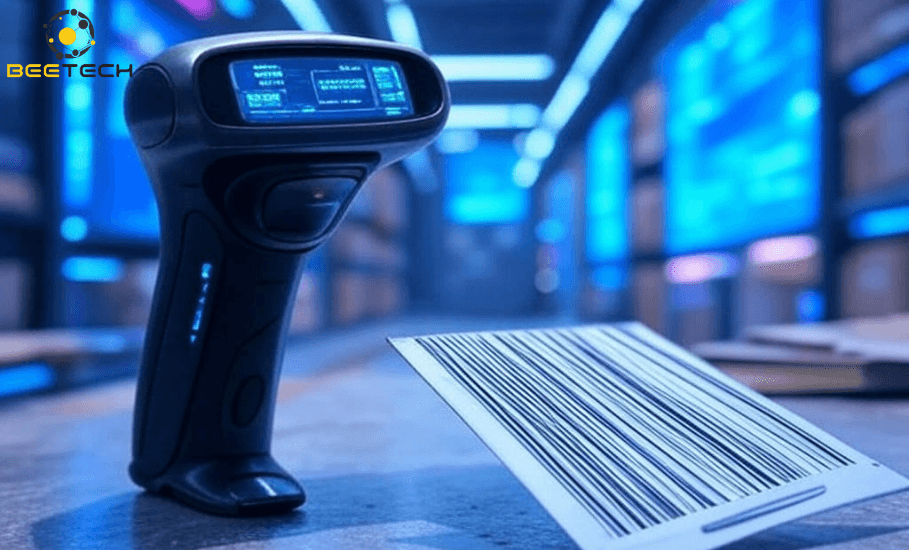80-82 Cao Duc Lan, District 2, HCMC, Vietnam
+84 76 865 6688
info@beetech.com.vn
+84 76 865 6688
About us
Contact us
80-82 Cao Duc Lan, District 2, HCMC, Vietnam
+84 76 865 6688
info@beetech.com.vn
+84 76 865 6688
About us
Contact us

How does a barcode scanner work?
In the digital age, barcodes have become a familiar part of daily life. From supermarkets and pharmacies to warehouses and hospitals, you can easily spot compact scanners that instantly recognize products with a quick swipe. But how do barcode scanners work? What technology enables such quick and accurate data reading and processing?
In this article, we will explore in detail the principles of barcode scanners, the types of technologies used, real-world applications, and future development trends.

A barcode is a data encoding format represented by a series of parallel black lines interspersed with white spaces. These lines and spaces represent a string of characters (numbers, letters, or symbols) that can be read by scanners.
A typical barcode scanner consists of the following parts:
Depending on the technology, barcode scanners operate differently:
This type is suitable for 1D barcodes, offering high speed and long scanning distances.
Advantages: Durable, with no moving parts like lasers.
Disadvantages: Shorter scanning distance (typically only a few centimeters). CCD technology is less common now, as imagers have largely replaced it.
This is currently the most popular technology due to its flexibility.
Barcode scanners have become indispensable tools in retail, warehousing, and many other industries. Though the principle is simple based on light reflection between black bars and white spaces the efficiency they bring in practice is remarkable.
Looking ahead, barcode scanning will become increasingly intelligent, integrating with AI, IoT, and digital solutions to help businesses manage data comprehensively.
With over 12 years of expertise in AutoID, Beetech is proud to be one of Vietnam’s leading providers of RFID solutions and smart devices.
Our experienced engineering team accompanies businesses every step of the way—from consultation and implementation to full lifecycle support—ensuring RFID solutions run smoothly and deliver maximum value.
Let Beetech be your trusted partner in building smart management systems, empowering your business to enhance competitiveness and go further in the digital era.
📧 Email: info@beetech.com.vn
🌐 Website: https://beetech.com.vn

See more products: Here


How do barcodes work?
21/05/2025 09:52:52

6 things to know to successfully apply barcode technology to your business
19/05/2025 04:16:28

Barcode scanners help reduce shrinkage and increase inventory accuracy”
16/05/2025 04:21:10

Which Label Printing Technology Is Best for You?
16/05/2025 03:09:19

Comprehensive barcode solution: Optimize management, improve performance and digitally transform businesses
06/05/2025 03:50:33

Why can barcode scanners increase work efficiency?
05/05/2025 04:22:27